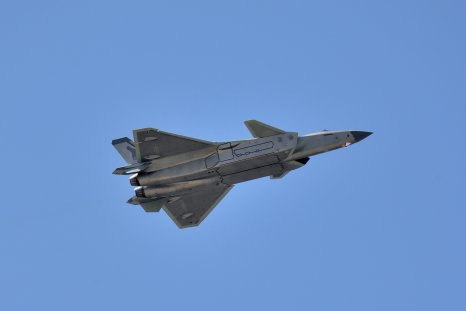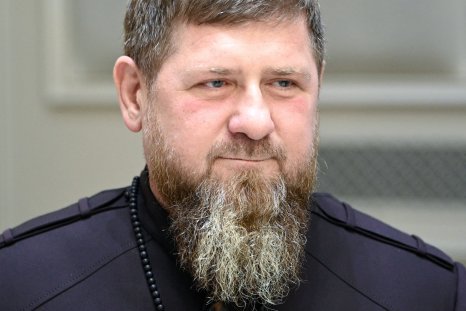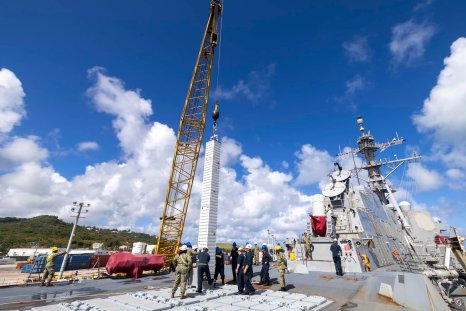NATO members Germany and Sweden scrambled fighter jets over the weekend to intercept a Russian spy plane that failed to respond to radio communications, the German Luftwaffe said.
In a photograph shared by the German air force on August 10, one of its Eurofighter Typhoon out of Rostock-Laage Airport in Germany was seen flying alongside a Soviet-built Il-20M signals intelligence aircraft, which are operated by Russia's aerospace forces.
The German air force said the Russian intelligence-gathering platform was operating in the Baltic Sea without a flight plan or contact with civil air traffic control.
The German fighter and a Swedish counterpart—assumed to be a JAS 39 Gripen—were dispatched to identify and surveil the Russian aircraft, which is known by the NATO reporting name Coot-A.
The Il-20M is equipped to intercept text or speech communications as well as electronic intelligence—signals emitted by weapons systems and radars. The information can later be used for the swift identification of enemy platforms and for the development of effective countermeasures.
NATO members including Germany have scrambled jets against similar planes in recent weeks, in what has now become a routine mission for the alliance's air policing units.
Russia's Defense Ministry did not immediately respond to a request for comment about the Coot-A flight.
Despite earning the nickname "NATO Lake" since Finland and Sweden's accession to the alliance, the Baltic Sea remains of strategic importance to Russia, which relies on the waters to reach Kaliningrad and other major ports including St. Petersburg from the Atlantic Ocean.
Last month, NATO members watched, but did not interfere, as two Chinese warships used Baltic sea lines to reach Russia's shores.
Moscow's ships and aircraft enjoy freedom of navigation and overflight in international airspace, but Russian military planes often operate without transponders, masking their locations from civil air traffic organizations, the German armed forces say.
Russian fighter aircraft and combat jets sometimes probe NATO airspace, according to Germany's military. They are escorted from restricted airspace to ensure the safety of civilian air traffic.
Kaliningrad, a Russian exclave and outpost, is intensely surveilled by NATO members, which frequently operate out of each other's air bases.
Russian flights in response, especially those near the Baltic states, "often lead to air encounters," Germany says. The aerial encounters have only intensified since Russia's invasion of Ukraine more than two years ago.
In mid-July, footage shared on Russian Telegram channels, captured from the cockpit of an Su-30SM fighter jet, known by NATO as the Flanker-H, showed a close encounter in the Baltic Sea with suspected EF-18A Hornets of the Spanish air force.
In April, Spanish and Portuguese fighter aircraft deployed to Lithuania's Siauliai air base, 144 miles east of capital Vilnius, as part of their contribution to NATO air policing missions until the end of July.
Disclaimer: The copyright of this article belongs to the original author. Reposting this article is solely for the purpose of information dissemination and does not constitute any investment advice. If there is any infringement, please contact us immediately. We will make corrections or deletions as necessary. Thank you.



